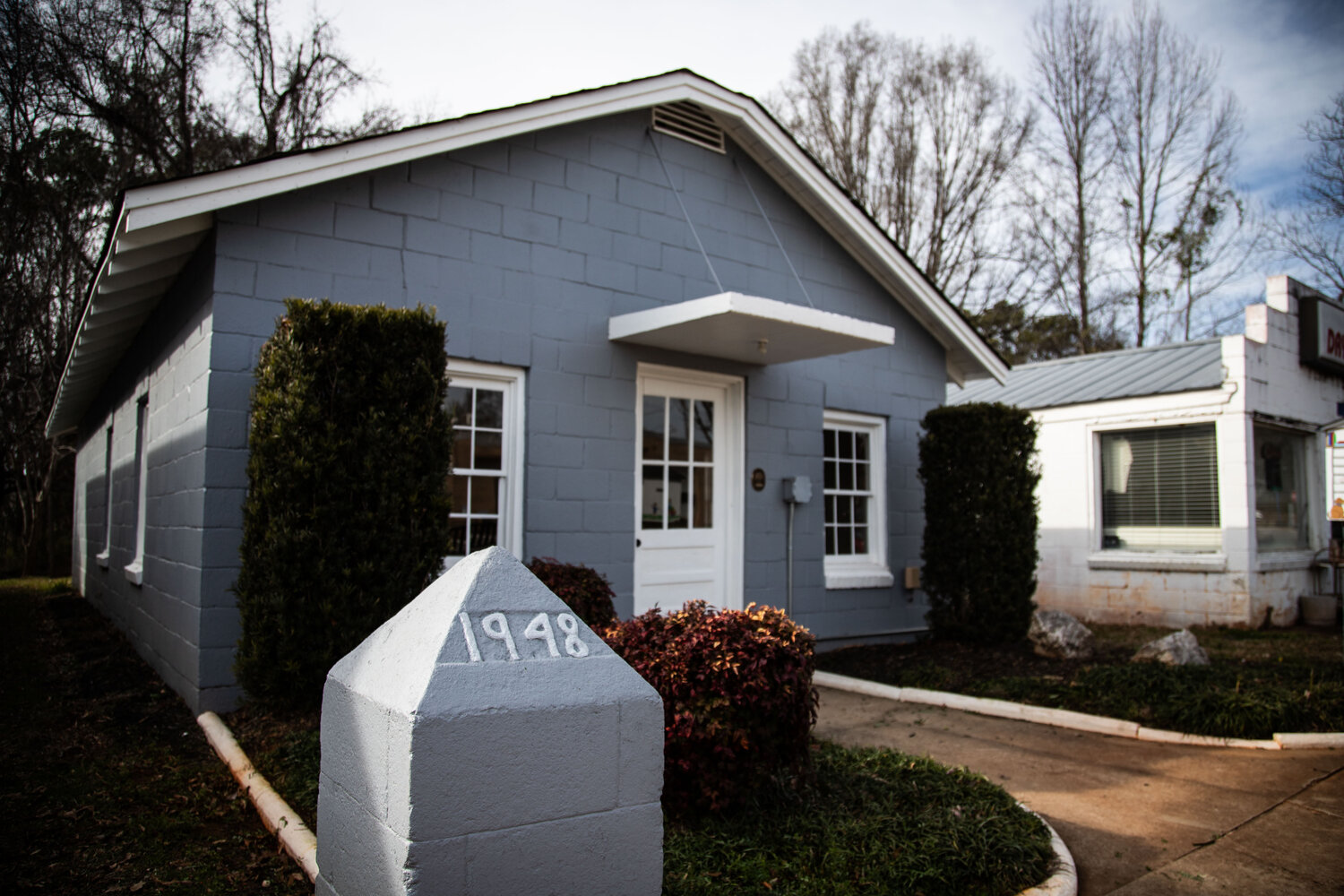Chapin’s newly renovated town hall comes with deep history
The town of Chapin has seen its town hall move around since its establishment. The newest building, located at 157 Columbia Ave., could be its permanent residence.
This item is available in full to subscribers.
Subscribe to continue reading. Already a subscriber? Sign in
Get 50% of all subscriptions for a limited time. Subscribe today.
Please log in to continueNeed an account?
|
Chapin’s newly renovated town hall comes with deep history
Chapin’s first official town hall has been renovated.
Here’s a look into its history.
The town of Chapin has seen its town hall move around since its establishment. The newest building, located at 157 Columbia Ave., could be its permanent residence.
The first town hall was built in 1948 by Addison Bostain Sr., according to Pat Lewandowski, the granddaughter of Bostain and the secretary and historian for the Chapin Historical Association. The 81-year-old was born and raised in Chapin, telling The Chronicle that Chapin has grown and changed but has always been a nice little town.
J.R. Fennel, director of the Lexington County Museum, told The Chronicle that when the town hall was built in 1948, it was also serving as a licensing office by the highway department and the town’s library.
The building built by Lewandowski’s grandfather was utilized as the town hall until 1971 when a new structure was built. This new town hall, which cost $40,000 to build, served multiple purposes, such as being the fire department’s headquarters.
Chapin’s town hall took another jump when in 1988, they took over the old health department building, remaining at that location until 1992 then they moved into a building located at 103 Columbia Ave.
Upon the town leaving the old department building, it was given to the Ruritan Club and the town hall remained at that 103 Columbia Ave. address until 2013, when the current town hall opened up.
According to Fennel, before any official town hall was used, the town’s council was meeting at businesses including B.A. Wessinger’s garage on Lexington Avenue in the early 1930s.
The 1948 town hall, along with a block of Chapin’s historic district, are listed on the National Register of Historic Places.
When it comes to the building's renovation, Lewandowski said that the 76-year-old building was starting to deteriorate in the parts that weren’t made of concrete, adding that the door was just hanging on.
“I just hate to see buildings go down like that,” she said. “So we started working on it.”
She told The Chronicle that the building itself did not experience many changes outside of upgrades to electrical, framing and heating or air units. Lewandoski said that the original door is still there, the concrete awning still shelters the doorway and the only notable change to the outside is a change in color.
Currently, the newly renovated building is not being used, Dylan Francis, communications manager for the town, said. The town has been working on finding a good tenant for the space, having put out a proposal campaign for those who might want to utilize the building.
“We wanted to make sure that it retained its identity and service to the public. That was a big element that we were hoping for,” Francis said. “I do think we found somebody. I don't think I can say who it is yet because I don't think the ink is dry yet.”
When it came to the importance of preserving the original town hall, Lewnadoski’s first response was that she really loves Chapin, noting how her mother and father couldn’t get more than 30 minutes away from the lake town during the time when her family lived in Columbia and Newberry.
She said that they always came back to the town.
Lewandowski shared that her family settled here when her grandfather came to work on the Lake Murray intake towers as a concrete expert.
She said that after that project, the family had gotten tired of moving, with her father attending roughly five schools by the time he reached 12 years old. According to her, the reason for the move was due to a lot of dams being built during that time.
“He gave the family the choice,” Lewandoski said of her grandfather choosing to stay in Chapin. “He says I can buy a farm, or I can start a mercantile — a little grocery store. My father and his brother did not want to work a farm. So they voted for the grocery store.”
Sometime later, her grandfather built the town hall. And the rest is history.
Keywords
Chapin town hall, Chapin Historical Association, Lexington County Museum, Pat Lewandowski, J.R. FennelOther items that may interest you







Comments
No comments on this item Please log in to comment by clicking here